On the trail of photographer and Oscar winner Ernst A. Heiniger
Almost 30 years after his death, Swiss photographer, filmmaker and Academy Award winner Ernst A. Heiniger is making a comeback. In a major retrospective, the Swiss Photo FoundationExternal link in Winterthur is paying tribute to the artist.
There are few traces of Heiniger’s childhood. He was born on August 4, 1909, in Engwang, canton Thurgau. A photo in the book accompanying the exhibitionExternal link shows his farming family shortly after they moved from the village of Urdorf to Limmattal near Zurich. No one is the photo looks particularly happy.
Ernst, who suffered from a lung disease, only received his first pair of shoes at the age of ten. His father put him to work in the horse stables despite his illness. When Ernst expressed a desire to become an artist, his father responded by giving him a good beating. Young Ernst developed a deep relationship with horses, which he maintained throughout his life.
Fascinated by technology
When he was 16, Heiniger left the village and moved to Zurich. With the memory of his unhappy childhood, Heiniger made it his lifelong quest to leave behind the strict upbringing and the confines of his parents’ home. In the city, he learnt how to be a photo retoucher but stopped before the end of his contract. Instead, he took evening classes at the Zurich School of Arts and Crafts. He quickly grew tired of retouching bad images for others and decided to teach himself the art of photography. This was the beginning of his career as a photographer.
There were also financial reasons Heiniger took up photography. It was a new medium and advertising campaigns were just beginning to take off. The technical aspects of the trade also fascinated him and presented the kind of challenge he was looking for. Earning money doing something he loved continued to motivate him throughout his life. As a photographer and designer, Heiniger had a keen sense of appreciation for the contemporary, modern aesthetics of the New Objectivity and avant-garde photography, becoming a pioneer of the Swiss “New Photography”.
When Heiniger visited “The Russian Exhibition” in the Zurich Design Museum in 1929, he was impressed by the graphic arts of El-Lissitzki and the photography of Alexander Rodtschenko. In his quest to find out more about Russian arts, he travelled to the Soviet Union in the early 1930s where he met one of his idols, the film director Sergei Eisenstein. Shortly after his return to Switzerland, he and a partner set up a graphics and photography studio in 1934 which they ran for a few years.
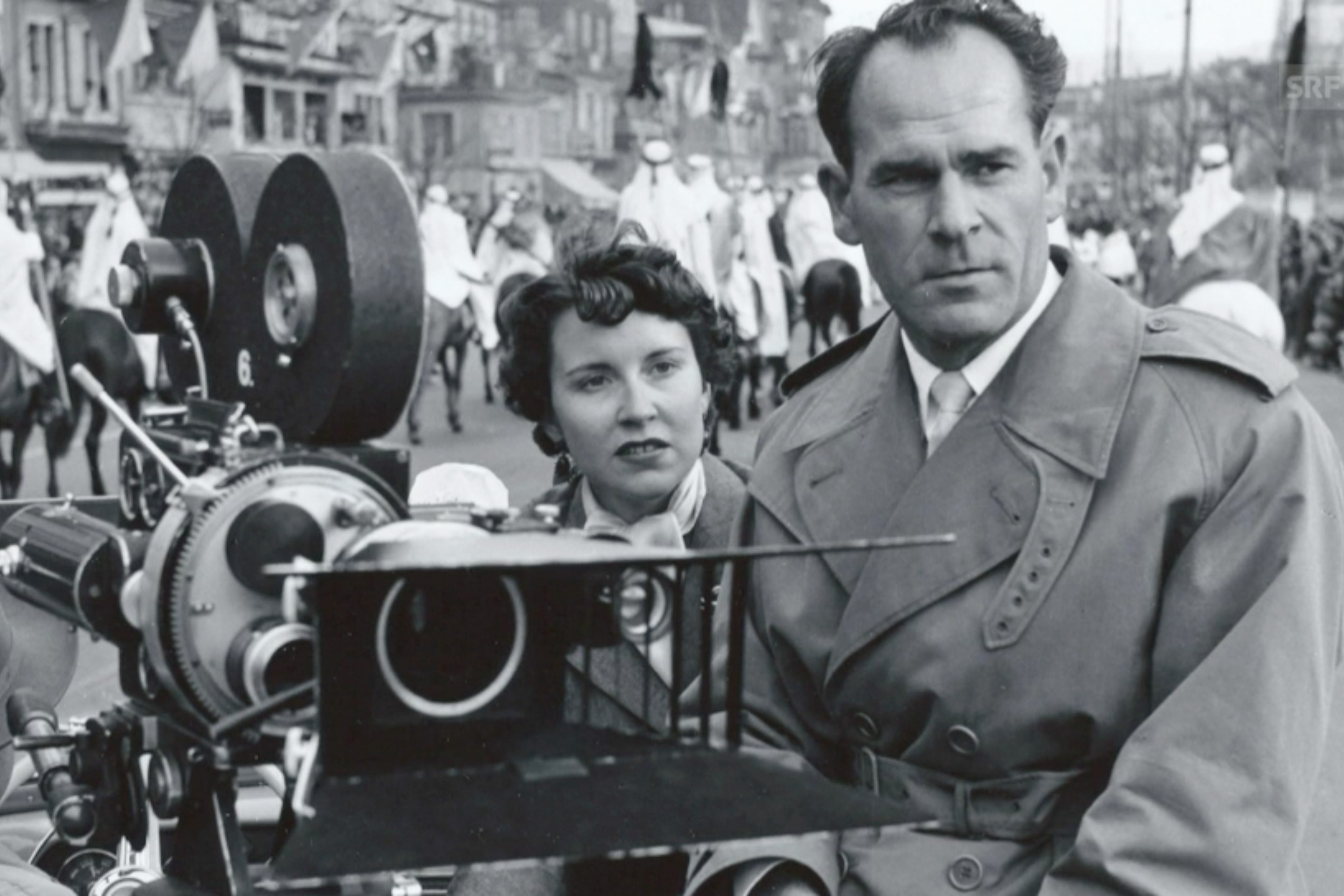
In 1936, Heiniger published his first photo essay book on Puszta horses in Hungary, which was followed by Landesausstellung (1939), Tessin (1941) and Viertausender (1942). His career as a filmmaker kicked off in the 1940s, when he was commissioned to produce documentaries and commercials.
The World Exhibition of Photography in Lucerne in 1952 marked a turning point in Heiniger’s life. He wore many different hats during the event: he was the designer of the exhibition’s poster, the manager of the exhibition’s still-life photography section, and he also displayed his own art. The World Exhibition also gave him a platform to publish a photography book of 52 of his best images, which had the self-confident title of “Masterpieces of Photography”.
Encounter with Walt Disney
His boastful and self-promoting style was unusual for a Swiss, but it gained the attention of the American film producer Walt Disney, who wasn’t put off by Heiniger’s self-confidence. Disney and Heiniger met at the Hotel Palace in Lucerne where Disney immediately hired him as a cameraman for a short documentary about Switzerland. This encounter only earned a brief entry in Heiniger’s diary: “Lucerne – Palace Hotel – met Walt Disney.”
During his first Disney film project in Switzerland, Heiniger met his future wife Jean Feaster, an American national who was an assistant on the set. His second Disney production took the couple to Japan, where they lived for almost two years and logged more than 50,000 kilometres in their second-hand Chevrolet, exploring the country.
Between 1953 and 1958, Heiniger worked on several films for the Disney Corporation, two of them won an Academy Award: Ama Girls for the best documentary in 1957 and Grand Canyon for best short film in 1958.
The 360 pioneer
Heiniger, who had a passion for technology, was very much involved in the development of Disney‘s “Circarama” system. Creating a circular movie theatre that screened 360° films became one of his dreams. He was able to realise this dream when the Swiss Federal Railways commissioned him to shoot a movie in this format for the Expo 64 in Lausanne. The film All About Wheels and Rails was a huge success. It is allegedly one of Switzerland’s most watched films with almost four million viewers.
Heiniger continued to develop the 360° technology until the end of the 1980s when he launched “Swissorama”, a new-and-improved cylindrical 360° film system. Europeans were sceptical of the system, and when Heiniger moved to Los Angeles with his wife in 1986, he sold it to a US company which marketed it under the new name “Imagine 360”.
His last wide-screen film, Destination Berlin, was due to be screened in a dome cinema near West Berlin’s tourist district, the Ku’damm, but historic events shuttered his project. With German reunification, half of the city, namely East Berlin, was missing from the movie. Audiences stayed away and the film never reached the expected success.
Heiniger’s death
The money he made with the sale of “Swissorama” enabled him to buy a house in the Hollywood Hills, where he lived for the remainder of his life. His death in 1993 went unnoticed in Switzerland where he is still relatively unknown, even though several exhibitions and events have been dedicated to him.
In 1997 the newly established Swiss Photo Foundation organised an exhibition of his work at the Zurich Art Museum, and one of his wide-screen films was shown at the Transportation Museum in Lucerne until 2002. When the Swissorama closed that year, this kind of film disappeared, dashing his dream of creating a worldwide network of 360° cinemas.
Swiss Photo Foundation, Winterthur, June 5 to October 10, 2021External link
Even though Ernst A. Heiniger’s visual works were admired by a broad public over the years, his name is still largely absent from the canon of Swiss photographic history. The Photo Foundation was able to retrieve his archive from the US and bring it to Switzerland in 2014 and is now presenting his multifaceted work in the first comprehensive retrospective since his death in 1993.
A publication accompanying the exhibition is available hereExternal link.
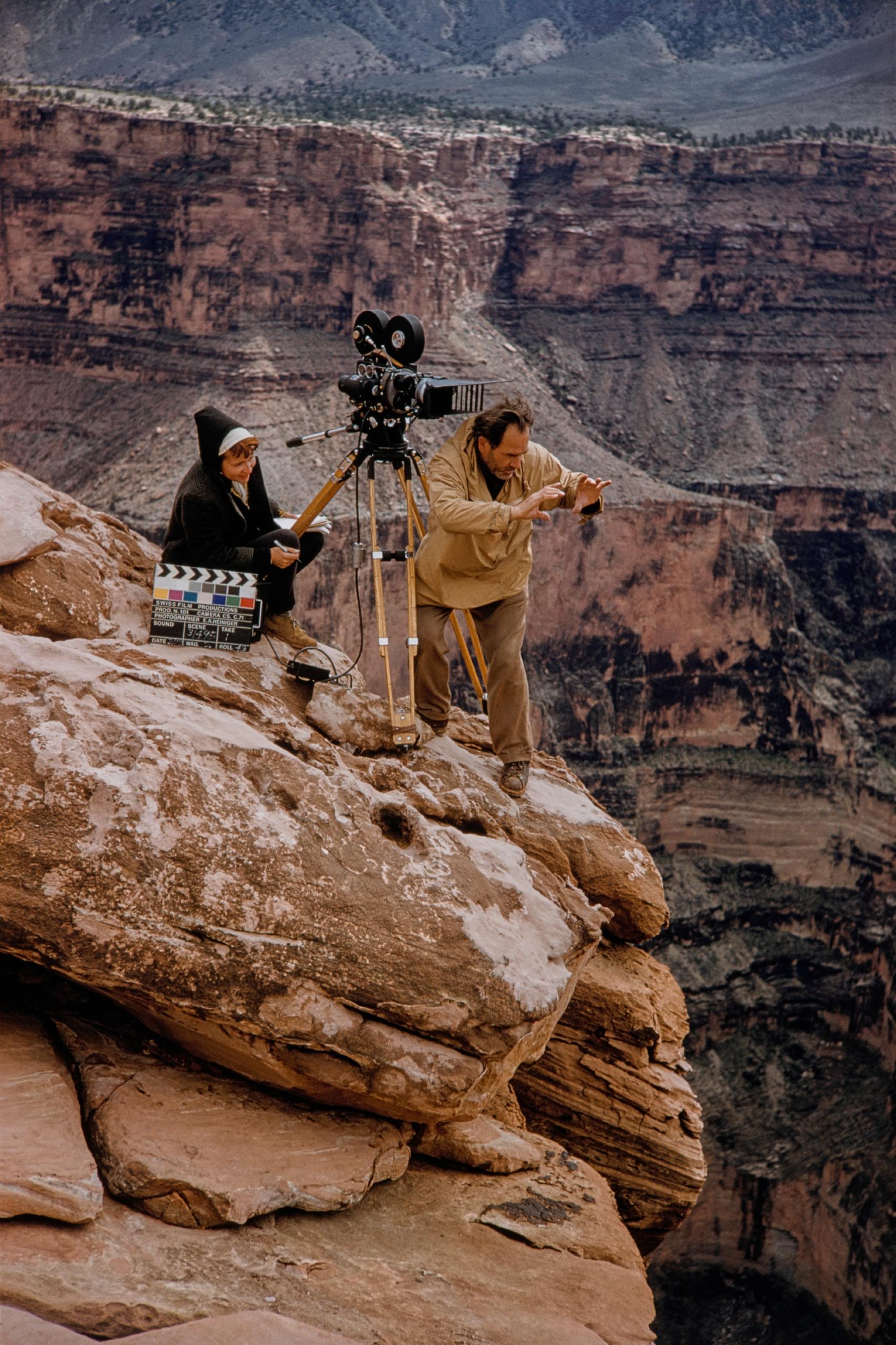
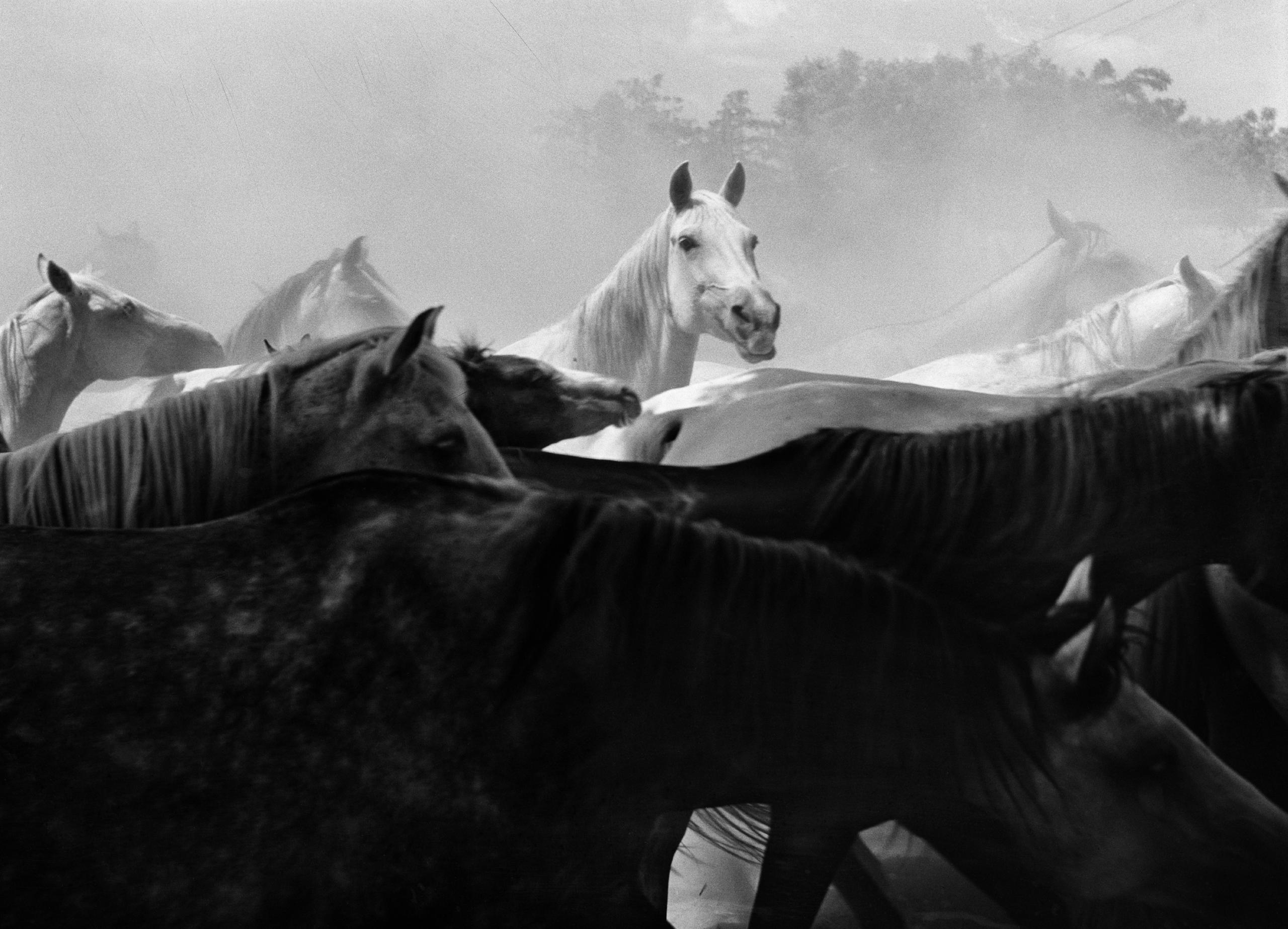
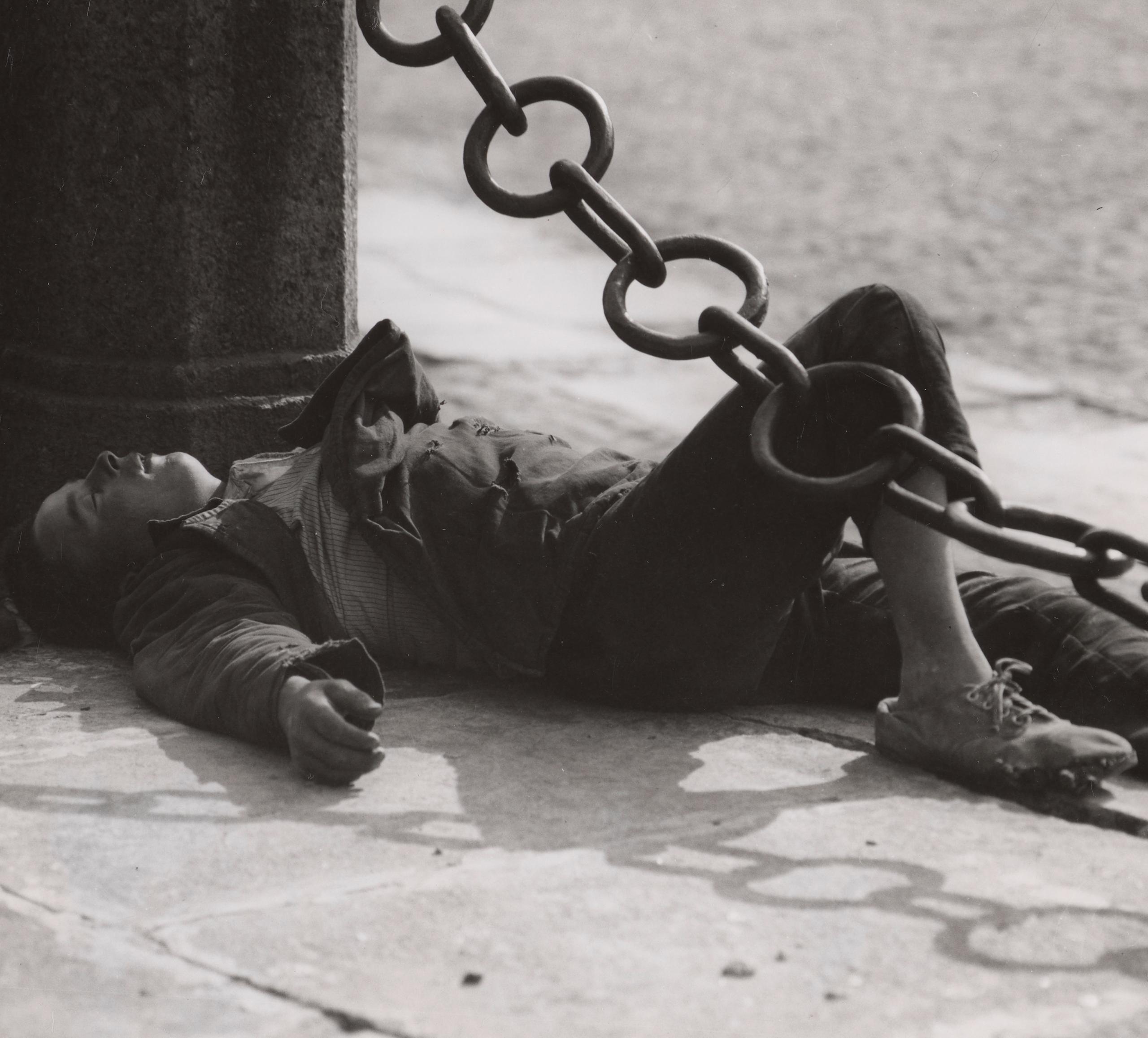
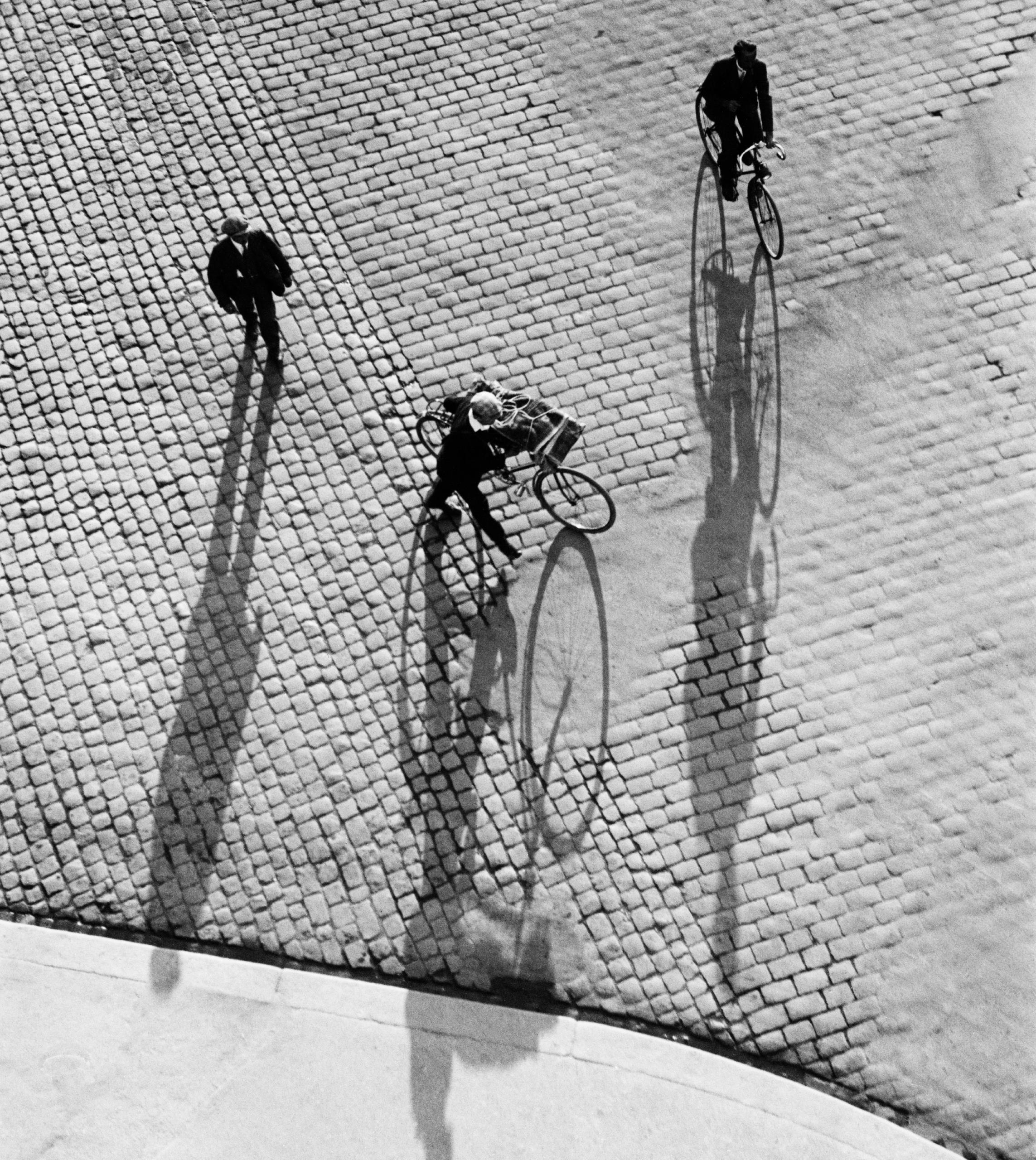
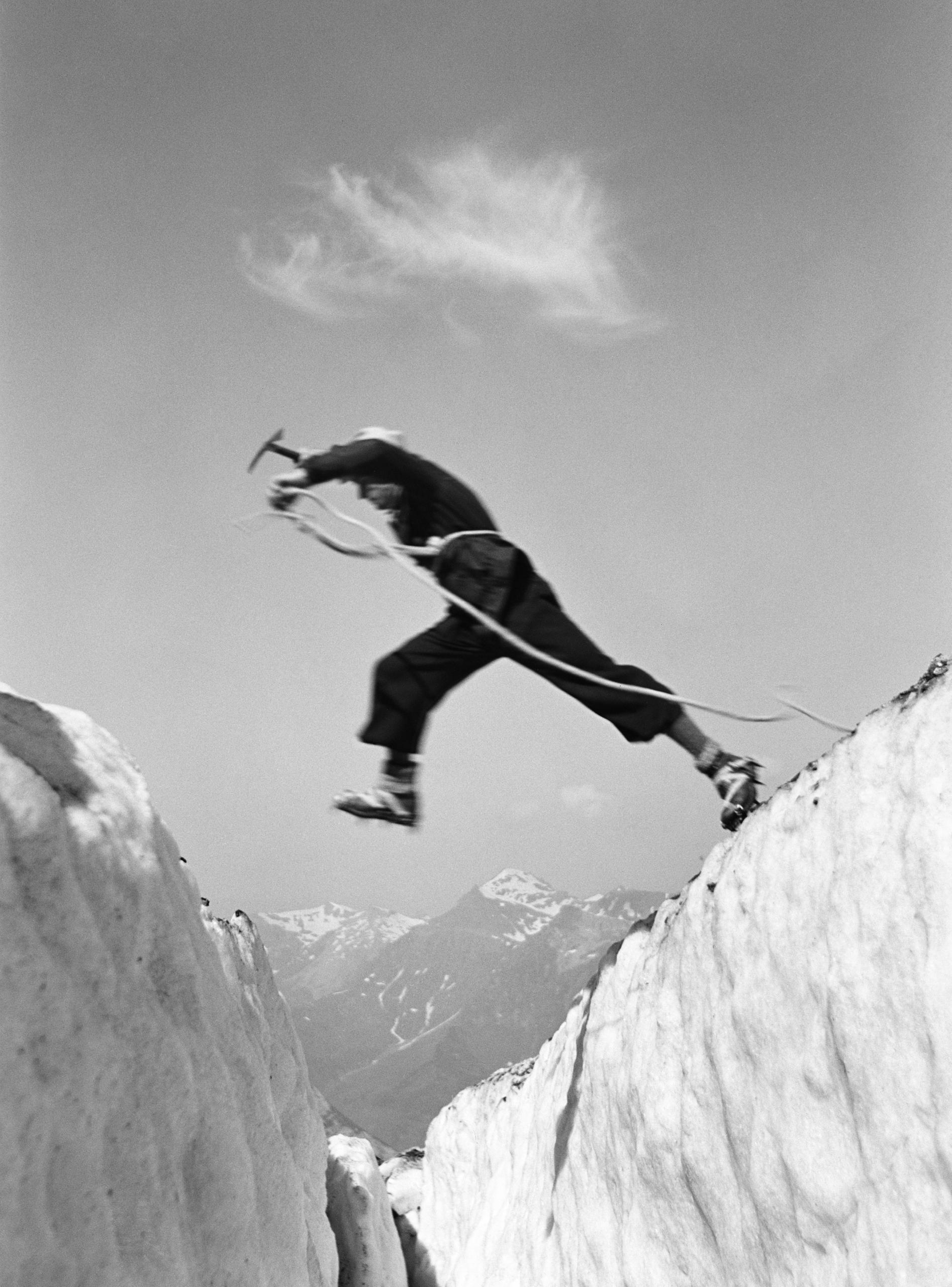
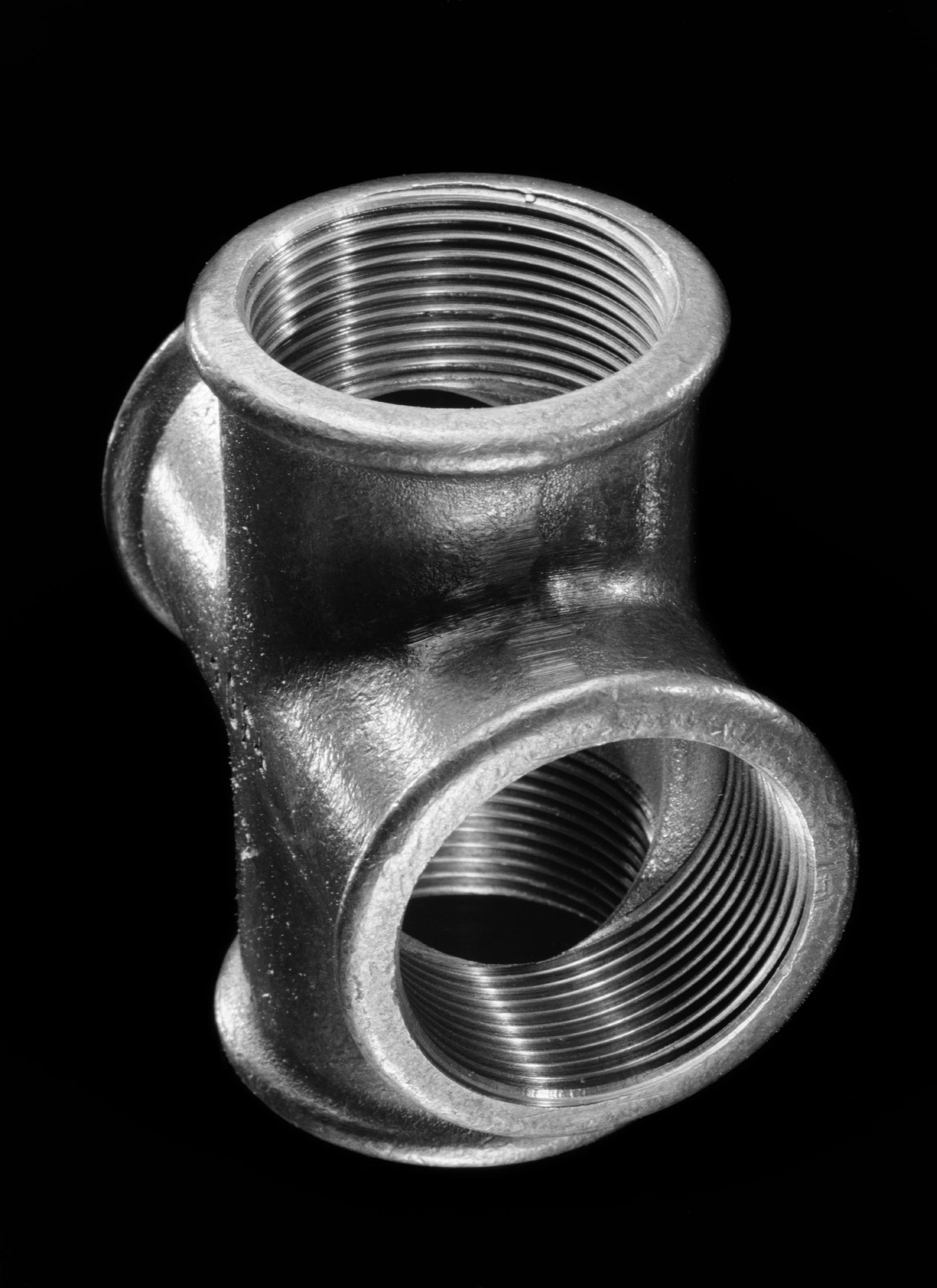
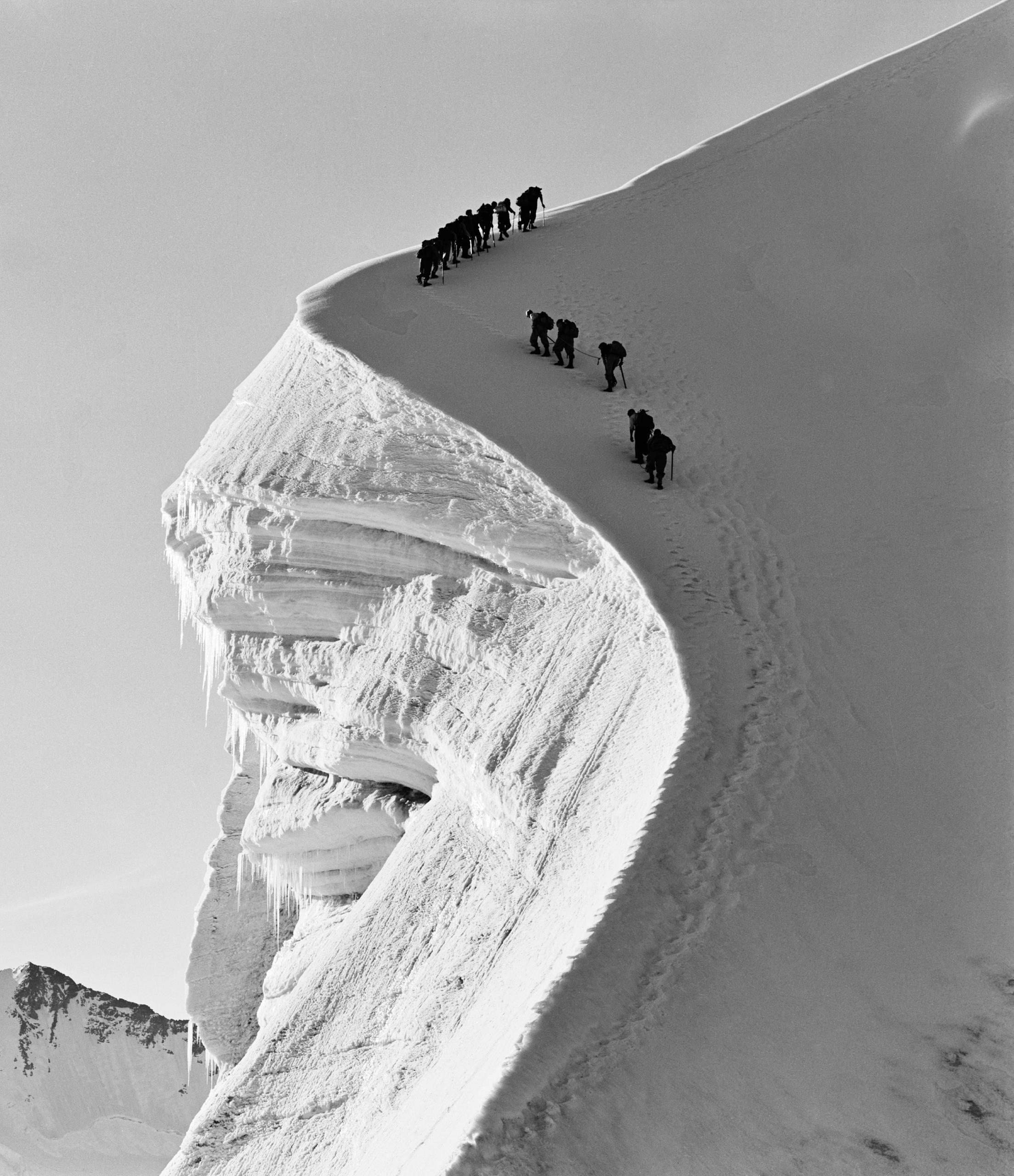
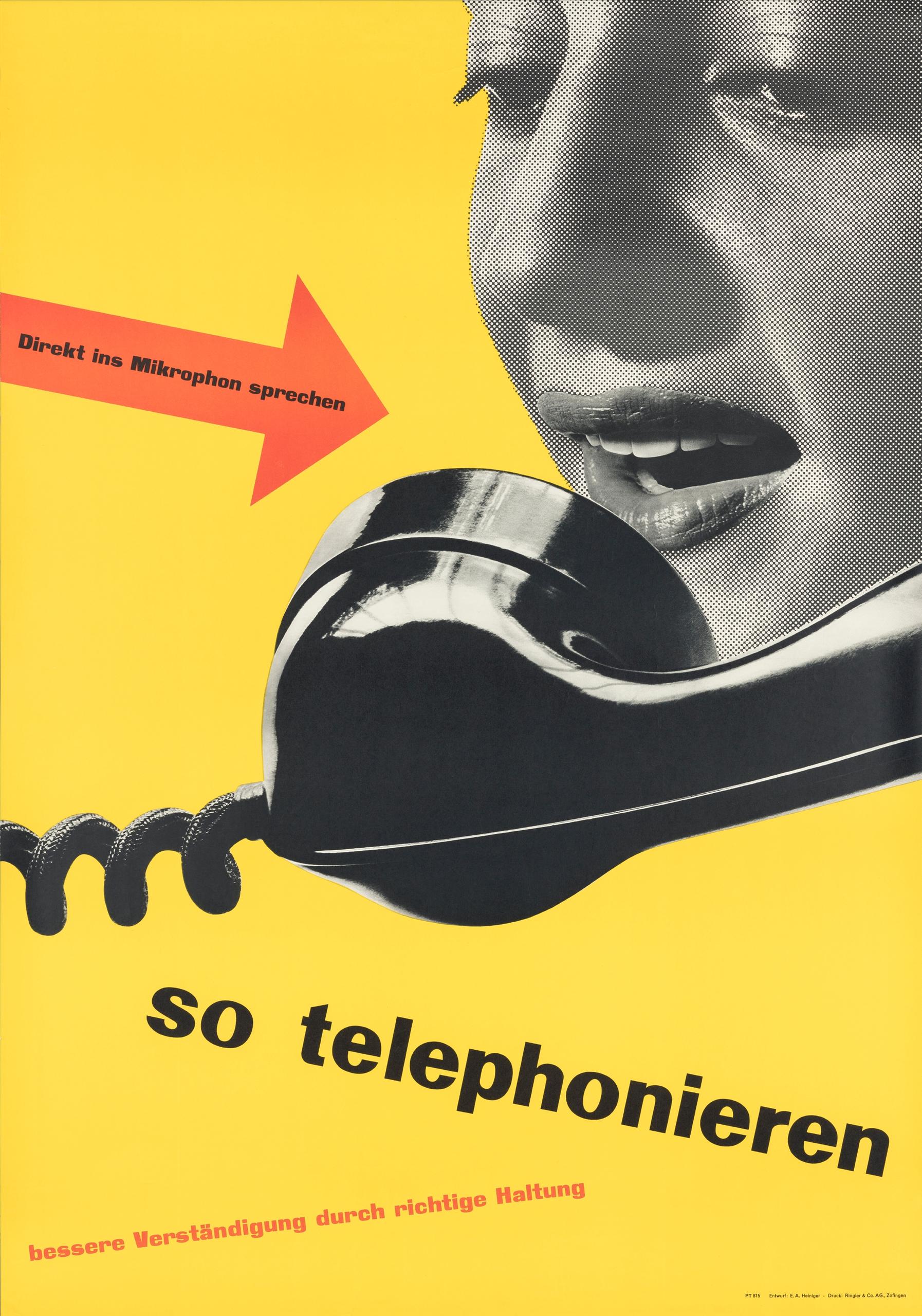
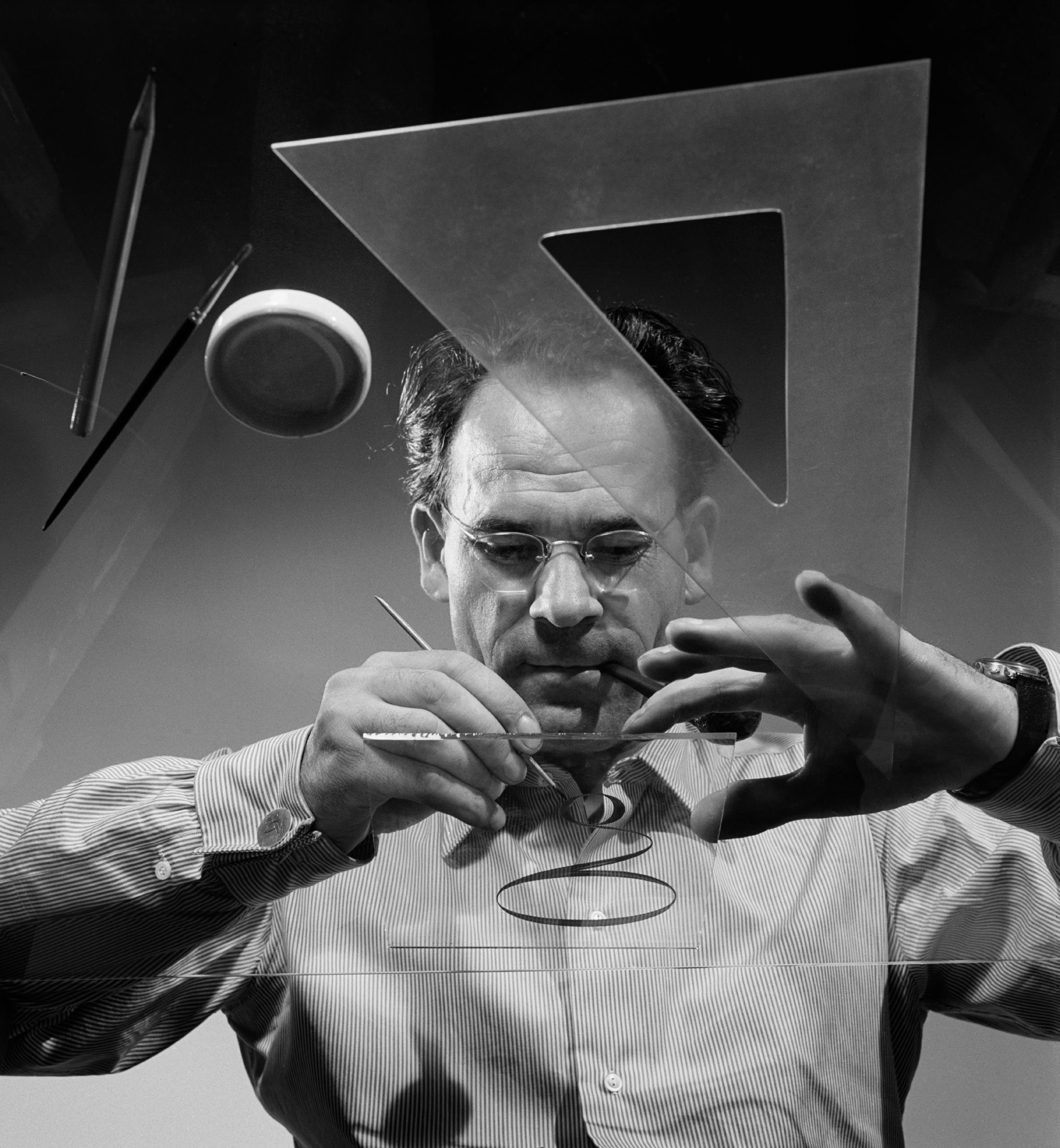
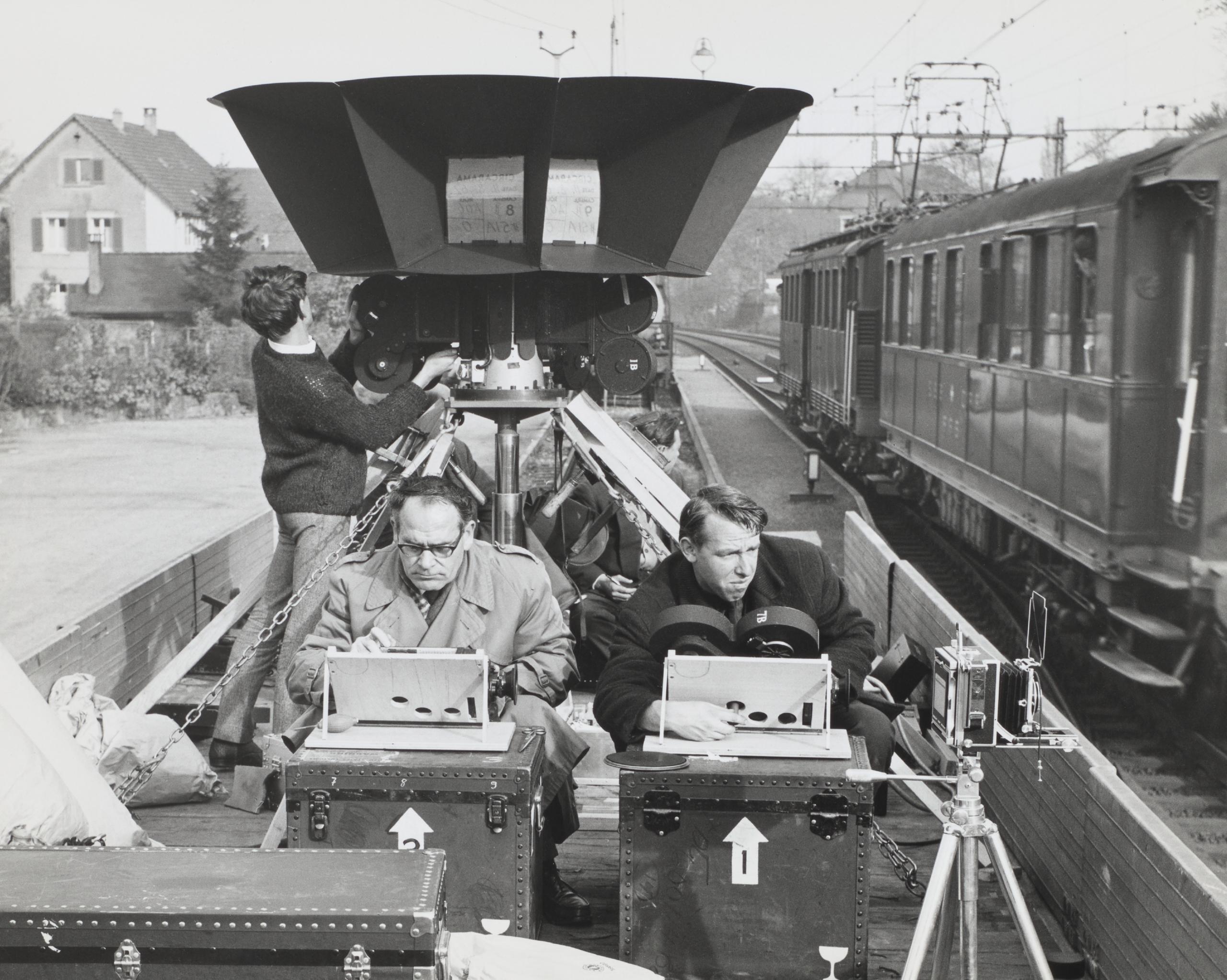
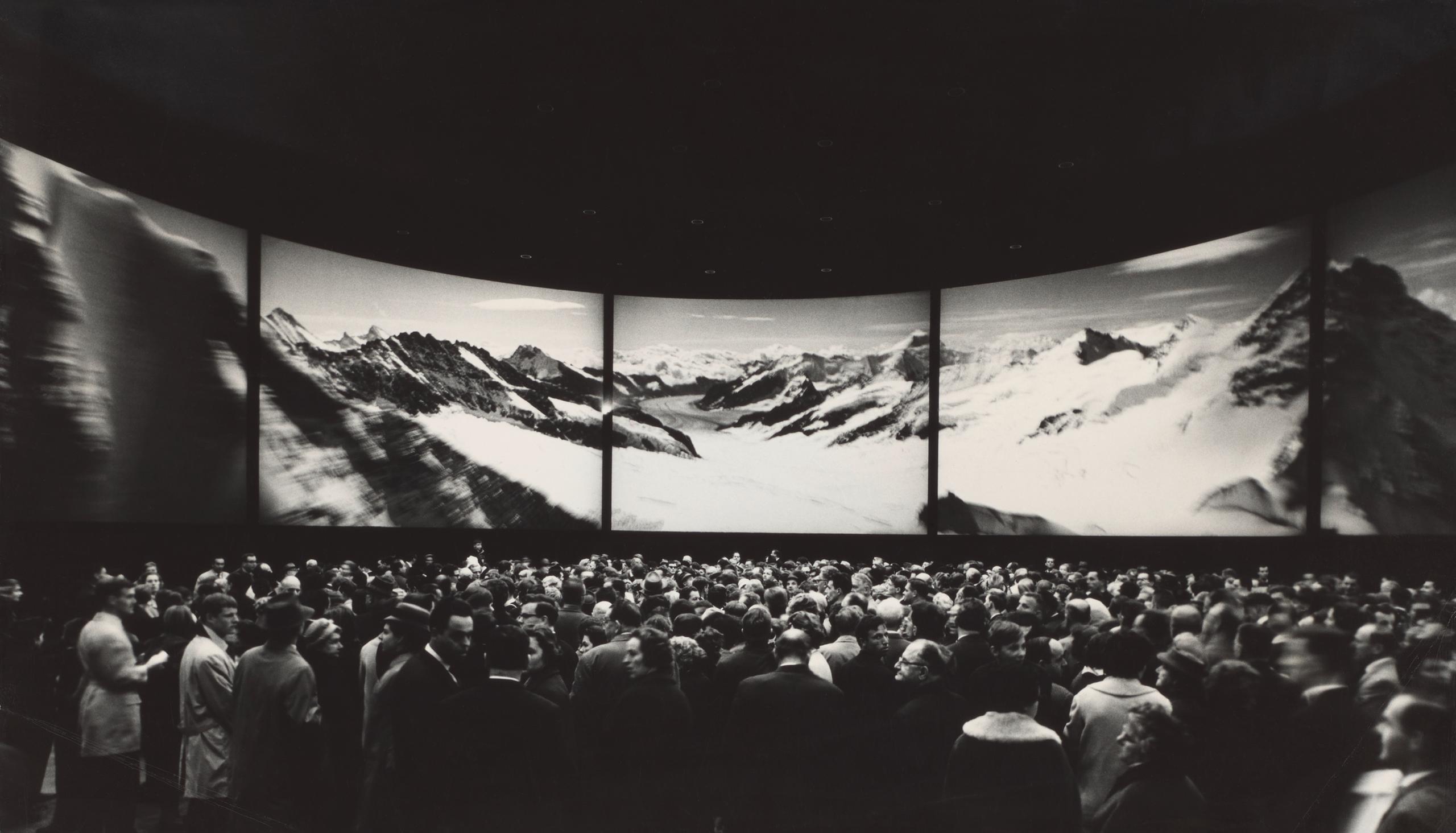
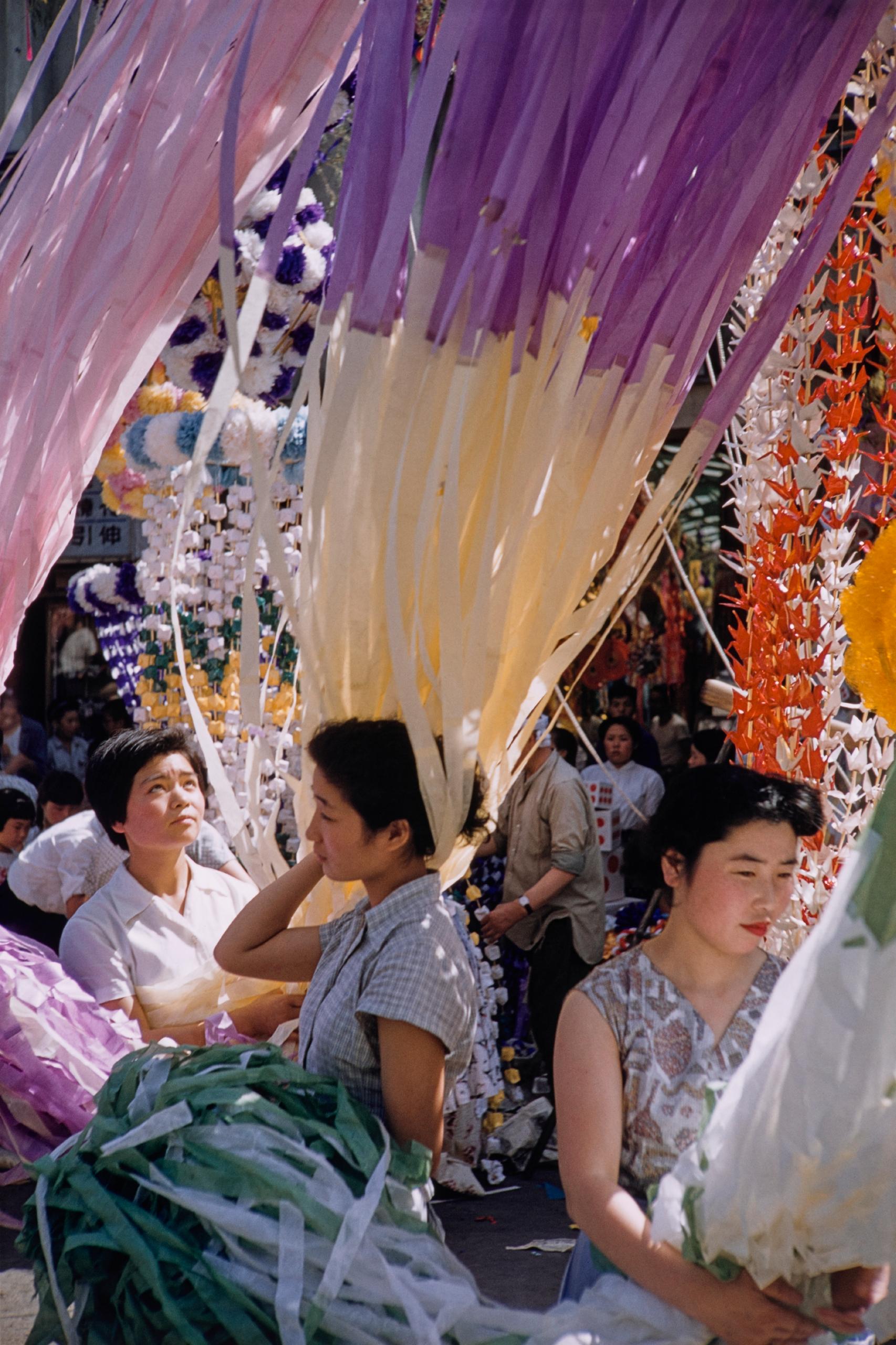
You can find an overview of ongoing debates with our journalists here . Please join us!
If you want to start a conversation about a topic raised in this article or want to report factual errors, email us at english@swissinfo.ch.